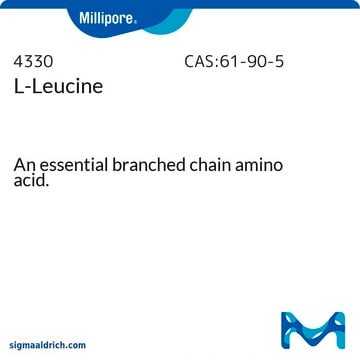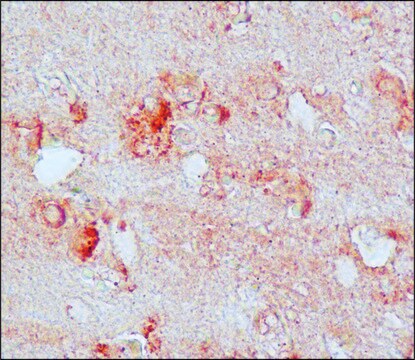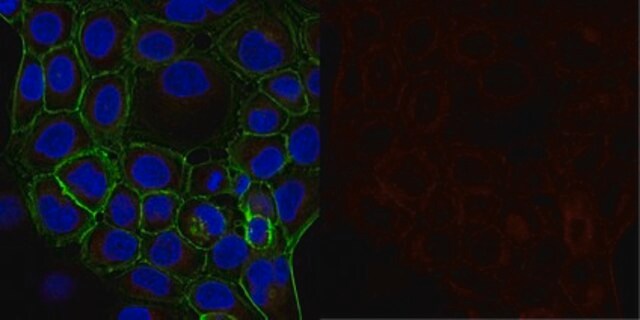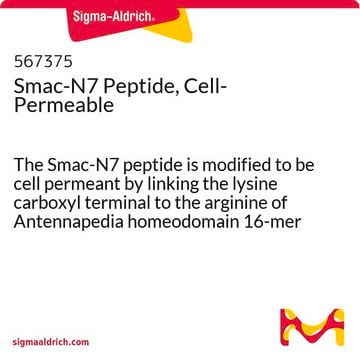This product is an oil, the solubility has not been tested. However, It is reportedly soluble in DMSO, acetonitrile, acetone, chloroform , dichloromethane. Avoid methanol and ethanol as this will cause the product to quickly degrade. For HPLC applications, DMSO is the preferred solvent. Please see the link below to review a publication that may be helpful:
https://www.ncbi.nlm.nih.gov/pmc/articles/PMC7484159/
SML1743
ETaKG
≥95% (HPLC)
Sinónimos:
2-Oxo-pentanedioic acid 5-ethyl ester 1-(3-trifluoromethyl-benzyl) ester, 5-Ethyl 1-(3-(trifluoromethyl)benzyl) 2-oxopentanedioate
Seleccione un Tamaño
108,00 €
Seleccione un Tamaño
About This Item
108,00 €
Productos recomendados
Nivel de calidad
Ensayo
≥95% (HPLC)
Formulario
oil
color
colorless to light yellow
temp. de almacenamiento
2-8°C
cadena SMILES
O=C(C(CCC(OCC)=O)=O)OCC1=CC=CC(C(F)(F)F)=C1
InChI
1S/C15H15F3O5/c1-2-22-13(20)7-6-12(19)14(21)23-9-10-4-3-5-11(8-10)15(16,17)18/h3-5,8H,2,6-7,9H2,1H3
Clave InChI
OKDCLZOKKGLMIX-UHFFFAOYSA-N
Acciones bioquímicas o fisiológicas
Código de clase de almacenamiento
11 - Combustible Solids
Clase de riesgo para el agua (WGK)
WGK 3
Punto de inflamabilidad (°F)
Not applicable
Punto de inflamabilidad (°C)
Not applicable
Elija entre una de las versiones más recientes:
Certificados de análisis (COA)
¿No ve la versión correcta?
Si necesita una versión concreta, puede buscar un certificado específico por el número de lote.
¿Ya tiene este producto?
Encuentre la documentación para los productos que ha comprado recientemente en la Biblioteca de documentos.
-
Hi Can you please tell me about the solubility and the concentration of EtaKG ? DMSO ? Best regards Salwan
1 respuesta-
¿Le ha resultado útil?
-
Filtros activos
Nuestro equipo de científicos tiene experiencia en todas las áreas de investigación: Ciencias de la vida, Ciencia de los materiales, Síntesis química, Cromatografía, Analítica y muchas otras.
Póngase en contacto con el Servicio técnico








